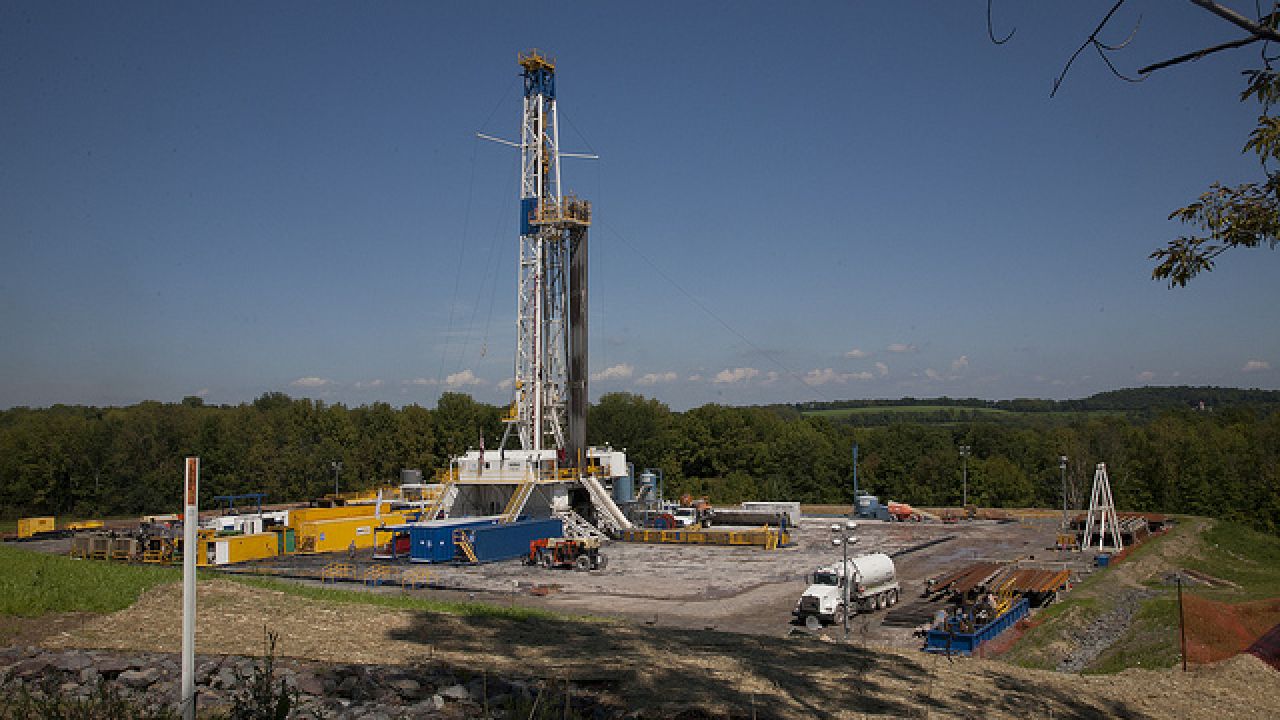
Earlier this month, a New York appellate court upheld a lower court ruling that cities and towns in New York state have the right to ban drilling and hydraulic fracturing for oil and natural gas. According to news accounts, more than 100 communities in the state have passed bans or moratoriums on the practice.
The decision was a victory for grass-roots democracy and a science-based approach to drilling and fracking; these energy extraction techniques are inherently risky, and there is not enough evidence that they can be conducted safely. So localities were right to take action to protect water, homes and health, especially when state officials were consistently indicating that they were on the brink of ending what amounts to a statewide moratorium on shale gas drilling.
Now, in a bit of counterintuitive reasoning, some observers are suggesting that the court’s decision will make it easier for Gov. Andrew Cuomo to approve shale gas drilling.
James Pardo, a New York City-based attorney who has represented the oil and natural gas industry, told the Albany Times-Union that the court’s decision provides “the ultimate out” for the governor because “now he can say ... ‘If you don't want it going on in your community, amend your zoning ordinance.’” Similarly, Times-Union columnist Fred LeBrun opined that:
“…suddenly this court ruling suggests strongly that the answer to whether we allow hydrofracking is not yes or no, it's yes and no. What was a lose-lose situation for the governor, because it was all or nothing for the split public, has now become a win-win, since localities will have the option to choose. Best of all from Cuomo's perspective, the governor is no longer the heavy. Cuomo can rightly turn around and tell the gas industry that the future of fracking rests not with him, but with its ability to swing localities to the industry's point of view.”
There’s a significant problem with this viewpoint: The governor likely knows that the risks of fracking cannot be contained within municipal or county lines, so he cannot credibly say that fracking in some communities would have no consequences for others. Last year, EWG and New York-based Physicians, Scientists and Engineers for Healthy Energy highlighted 10 of the most serious flaws in the state’s draft drilling plan for shale gas, including deficiencies identified by the U.S. Geological Survey. Among them was the plan’s failure to adequately address the risks of pollution that could easily cross town and county lines, such as disposal of toxic wastewater, contamination of New York City’s drinking water and the potential for toxic chemicals to leach into groundwater up to five miles from drilling sites.
Last summer, the Cuomo administration floated a plan in The New York Times to allow shale gas drilling only in communities that wanted it, but officials never moved forward with the idea. The administration did not explain why it did not act, but what was true then remains unchanged by the recent court decision: Shale gas drilling is still a high-stakes gamble for New York state, and a decision by the governor to let it proceed would have serious consequences if even a handful of communities go ahead



